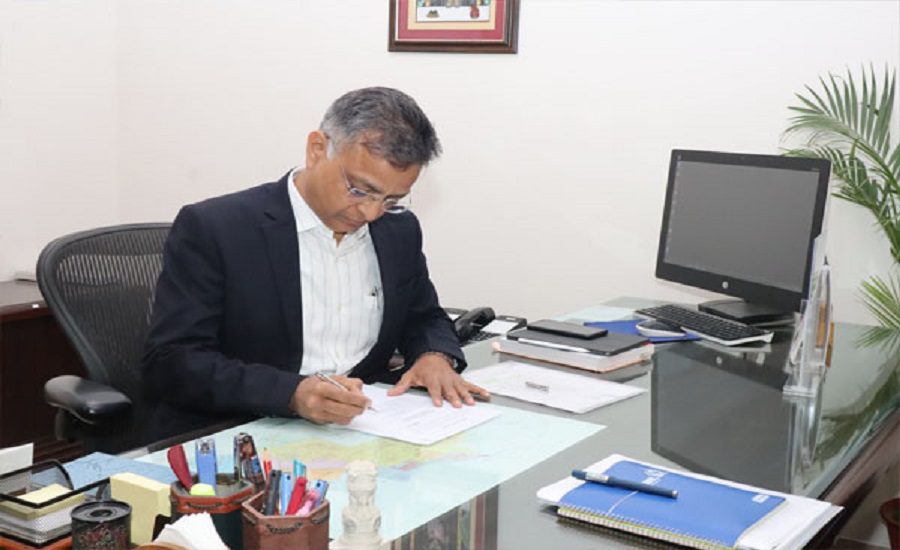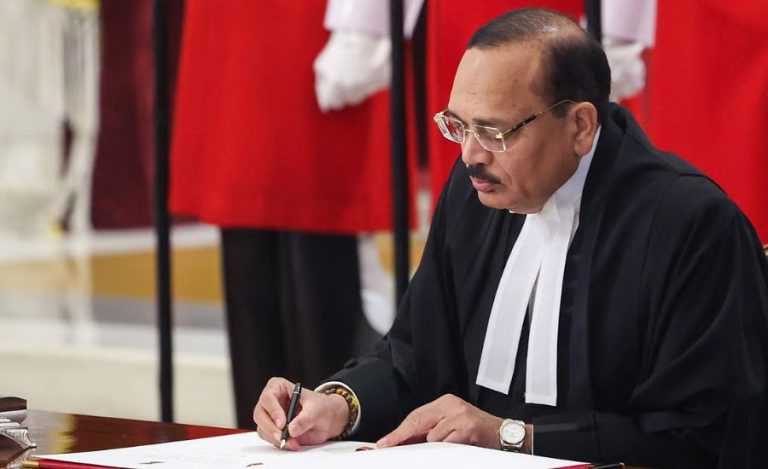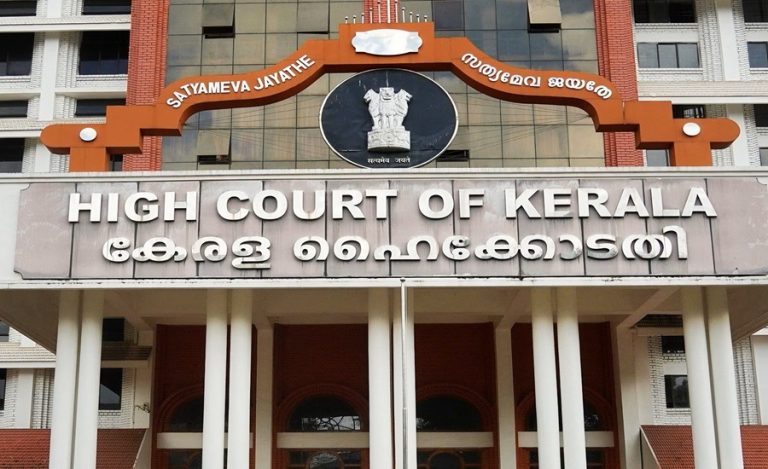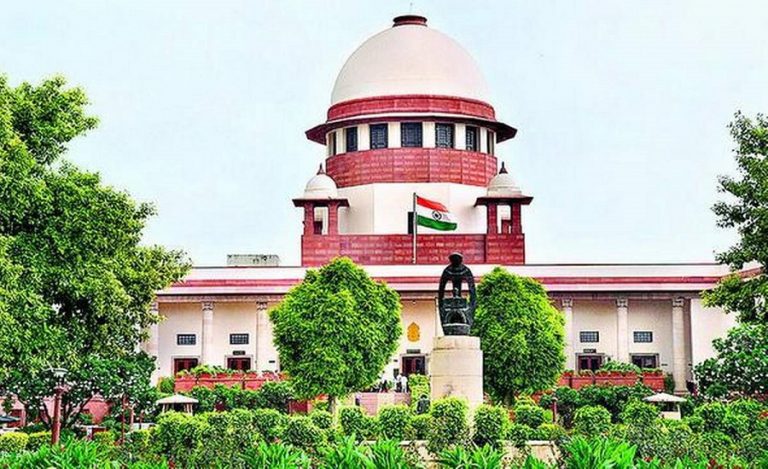Jaipur: The 1996 batch senior IAS officer from the Rajasthan cadre, Mr Ajitabh Sharma, Principal Secretary of the Energy Department of Rajasthan, has sparked a significant debate within bureaucratic circles by openly questioning the working system of IAS officers.
In a candid LinkedIn post, Mr Sharma highlighted how 80 percent of an IAS officer’s time is consumed by “non-core” tasks, leaving little room for the actual core functions essential for departmental progress.
IAS Officers’ Time Dominated by Routine and Repetitive Work
Sharma detailed in his post that a large chunk of IAS officers’ daily schedule is occupied by meetings, handling employee issues, replying to Right to Information (RTI) applications, addressing court cases, clarifying news reports, responding to letters, and preparing summaries of reports. While acknowledging these tasks are important, he emphasized that they are not the core work that drives the department’s primary objectives.
“Every day RTI, meetings, employee issues, letters… and core work gets sidelined,” Sharma wrote. He explained that these activities are repetitive across departments and result in officers being stuck in a cycle that prevents meaningful innovation and reforms.
Core Work and Innovation Marginalized Due to Routine Load
Sharma pointed out the diversity of core functions across departments – from water and electricity to health, education, agriculture, social justice, and urban development – yet lamented that officers rarely get the time to focus on these crucial areas. “The core work of every department is different, but no one gets time to do it,” he said.
He described the prevailing system as “a decades-old tradition of being dominated by routine work,” which ultimately weakens the quality of service delivery to the public.
A Call for Change Amid Bureaucratic Challenges
Adding a personal note, Sharma dispelled the popular notion that “no work is difficult for an IAS officer,” admitting, “I have always found it difficult.” He suggested that the emphasis on narratives and routine tasks leaves less space for meaningful work, a challenge faced universally by officers due to the nature of administration.
This post reflects not just individual frustration but a broader “demand for change” within the bureaucracy, raising critical questions: When officers are overwhelmed with routine work, how can the system improve? Should IAS officers be granted greater autonomy to set work priorities and focus on core departmental objectives?
Viral Post Sparks Debate in Administrative Circles
Sharma’s LinkedIn post quickly gained traction on social media, igniting discussions among senior and former IAS officers. Many hailed the post as a “much-needed introspection” and praised its “boldness” in addressing systemic issues often left unspoken.
The debate now centers around the freedom IAS officers should have in deciding their priorities and whether the current system allows them to perform the “real work” essential for governance reforms.


























